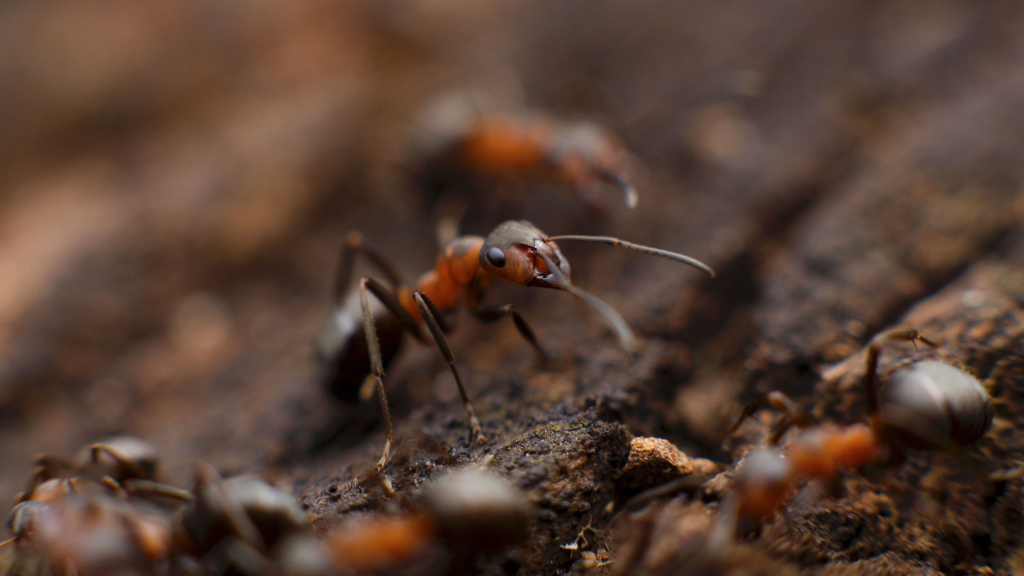
Ants 101: Exploring the World of Ant Control
Ants are found everywhere in the world, other than Antarctica, and are easily identifiable. , Despite being so commonly found in and around homes, ant control is difficult to manage. Here are tips to keep your home pest-free and the truth about the life of an ant.
About Ants
Ants are identified by their long body, legs, antennae, and colors that consist of red, black, brown, and yellow. There are estimated to be over 20 quadrillion ants, which is 2.5 million ants per human and over 12,000 species. Some ants have wings which are either the queens or the drones. They will all communicate with each other by secreting pheromones (scent chemicals) to alert others of any danger or lead them to a food source. These food sources include nectar, seeds, fungi, or insects. An ant can carry up to 50 times its weight and they will group to move a source.
Behavior of Ants
Ants live in structured nest colonies found in ground-level mounds, underground, and in trees. A single colony can contain hundreds of thousands of ants that all work together from the beginning to the end of their life cycle. This cycle consists of:
- Egg – Hundreds of eggs that are tiny, white, or translucent get laid by the queen ant and then get taken care of by worker ants.
- Larva – The larva appearance is legless and worm-like, dependent on being fed by the adult workers, grows rapidly, and molts several times.
- Pupa – This stage is most developmental, once the larva reaches a certain size it wraps itself in a silk-like cocoon undergoing metamorphosis.
- Adult – An adult ant emerges after metamorphosis is complete, appears pale and soft-bodied, and will darken and harden once contact is made by air.
Once the life cycle is completed, adult ants will take on different jobs in their colony consisting of:
- Queen
- Drones
- Workers
Myths about Ants
Discover the truths about ant facts and debunk the common myths!
- Sugar ants – It’s common to find ants swarming around sweet treats if left out in the kitchen and get named sugar ants. They are attracted to the carbohydrates in sweets, to provide them energy. While the common nickname used is sugar ants, they’re typically actually pavement or odorous house ants.
- Ants are harmful – Carpenter ants are a prime example of ants causing damage, but most ant species are beneficial for our ecosystem. They benefit by helping with pollination,, seed dispersal, and soil aeration that help root growth.
- Ants can predict earthquakes – The myth that ants can predict earthquakes has been told since we were all young. Ants can and will change their behavior based on their environment to sustain themselves, but there is no scientific proof that they can predict when an earthquake is about to happen. There is a king or queen in the colony – While a queen ant is responsible for reproducing, no ant is responsible for the whole colony. All ants have different roles to build, maintain, and protect the colony they live in.
Tips for Ant Control
With ants, regularly maintaining inside and outside of your home is crucial to maintain ant control. Maintenance outside your home includes cleaning and picking up around your yard, keeping garbage bins away from the foundation of your home, and trimming shrubs and trees away from your home. This prevents ants from finding their way inside or sustaining themselves with any sources found outside. Maintenance inside includes cleaning up debris around the home, cleaning after cooking and eating dinner, and storing food in airtight containers. This will prevent ants from being attracted to food sources and eventually create a colony inside your home.
With Bold, we specialize in ant control and guarantee a service fit for your home! Contact our office at (844)572-0628 and get started on creating an ant-free home!
